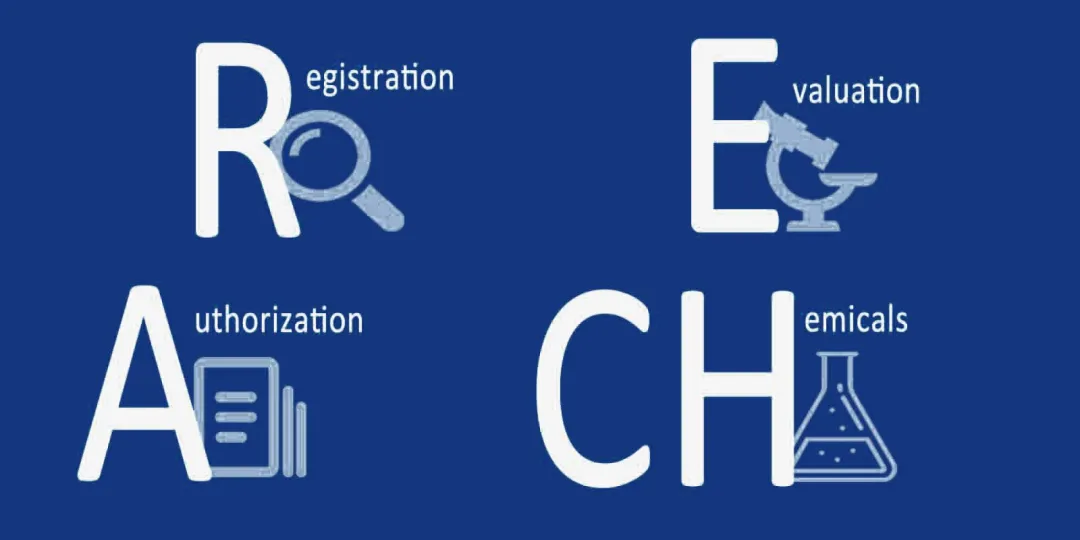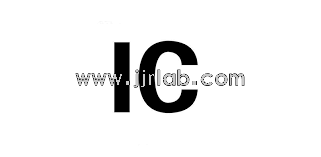
Europe RoHS 2.0 Testing Introduce
Introduction to ROHS Testing
In January 2003, the European Parliament and the Council of the European Union passed the RoHS Directive, which stands for The Restriction of the use of certain Hazardous Substances in Electrical and Electronic Equipment. This directive limits the use of certain hazardous substances in electrical and electronic equipment. The latest directives are 2011/65/EU (RoHS) and its amendment directive (EU) 2015/863, with the testing standard being IEC62321.

rohs testing Items
The substances tested include Lead (Pb), Cadmium (Cd), Mercury (Hg), Hexavalent Chromium (Cr6+), Polybrominated Biphenyls (PBBs), Polybrominated Diphenyl Ethers (PBDEs), Dibutyl Phthalate (DBP), Benzyl Butyl Phthalate (BBP), Di(2-ethylhexyl) Phthalate (DEHP), and Diisobutyl Phthalate (DIBP).
Do all materials need to undergo these 10 tests?
No, different materials require different tests. For example, materials such as metal, glass, wood, and ceraMICs only need to be tested for the four harmfUL metal elements (Cd, Pb, Hg, Cr6+), while materials like plastic, rubber, and paint need to be tested for all 10 items.
RoHS Testing Limits
- Cadmium: less than 100 ppm
- Lead: less than 1000 ppm (less than 2500 ppm in steel alloys, less than 4000 ppm in aluminum alloys, less than 40000 ppm in copper alloys)
- Mercury: less than 1000 ppm
- Hexavalent Chromium: less than 1000 ppm
- Polybrominated Biphenyls (PBB): less than 1000 ppm
- Polybrominated Diphenyl Ethers (PBDE): less than 1000 ppm
- Dibutyl Phthalate (DBP): less than 1000 ppm
- Benzyl Butyl Phthalate (BBP): less than 1000 ppm
- Di(2-ethylhexyl) Phthalate (DEHP): less than 1000 ppm
- Diisobutyl Phthalate (DIBP): less than 1000 ppm
Common RoHS Testing Methods
1. X-ray Fluorescence Spectrometry (XRF): XRF is a non-destructive testing method that can qualitatively and quantitatively analyze hazardous substances in products. It is highly accurate for detecting substances like lead, mercury, cadmium, hexavalent chromium, and polybrominated biphenyls (PBB) and polybrominated diphenyl ethers (PBDE).
2. Gas Chromatography-Mass Spectrometry (GC-MS): GC-MS can qualitatively and quantitatively analyze six hazardous substances in products. This method is suitable for analyzing complex samples but may be affected by sample preparation and environmental factors.
3. Inductively Coupled Plasma Mass Spectrometry (ICP-MS): ICP-MS is a highly sensitive analytical method that can quantitatively analyze six hazardous substances in products. It is suitable for analyzing low concentration samples but may be affected by sample preparation and environmental factors.
Note: The preliminary screening results for Lead (Pb), Cadmium (Cd), Mercury (Hg), Hexavalent Chromium (Cr6+), Polybrominated Biphenyls (PBBs), and Polybrominated Diphenyl Ethers (PBDEs) are obtained using XRF spectrometry. According to IEC 62321-3-1:2013, if the concentration exceeds the following warning values, further chemical testing will be conducted using ICP (Cd, Pb, Hg), UV-Vis (Cr6+), and GC-MS (PBB and PBDE).
Why are some rohs testing costs cheap while others are expensive?
The cost varies due to factors such as testing methods, the number of materials tested, etc. Some tests only use the XRF method, while others may require a full set of tests on every material in the Bill of Materials (BOM). Therefore, it's crucial to confirm the testing methods, product materials, and BOM requirements with the testing agency before obtaining a quote.
For quotes from China JJR Laboratory, please contact hello@jjrlab.com (China laboratory can help you save 30% on ROHS certification costs).
Email:hello@jjrlab.com
Write your message here and send it to us
 How to get CE Certification for Lighting Products?
How to get CE Certification for Lighting Products?
 CE Certification Standards & Process for Elect
CE Certification Standards & Process for Elect
 Japan METI Registration & Japanese Agent Servi
Japan METI Registration & Japanese Agent Servi
 Temperature Shock Test (IEC 60068-2-14:2009)
Temperature Shock Test (IEC 60068-2-14:2009)
 Electromagnetic Compatibility (EMC) Testing Servic
Electromagnetic Compatibility (EMC) Testing Servic
 Canada ISED Certification (IC Certification) Analy
Canada ISED Certification (IC Certification) Analy
 CSA C22.2 No.42 Compliance Test Report for Amazon
CSA C22.2 No.42 Compliance Test Report for Amazon
 FCM Food Contact Materials Compliance Certificatio
FCM Food Contact Materials Compliance Certificatio
Leave us a message
24-hour online customer service at any time to respond, so that you worry!




